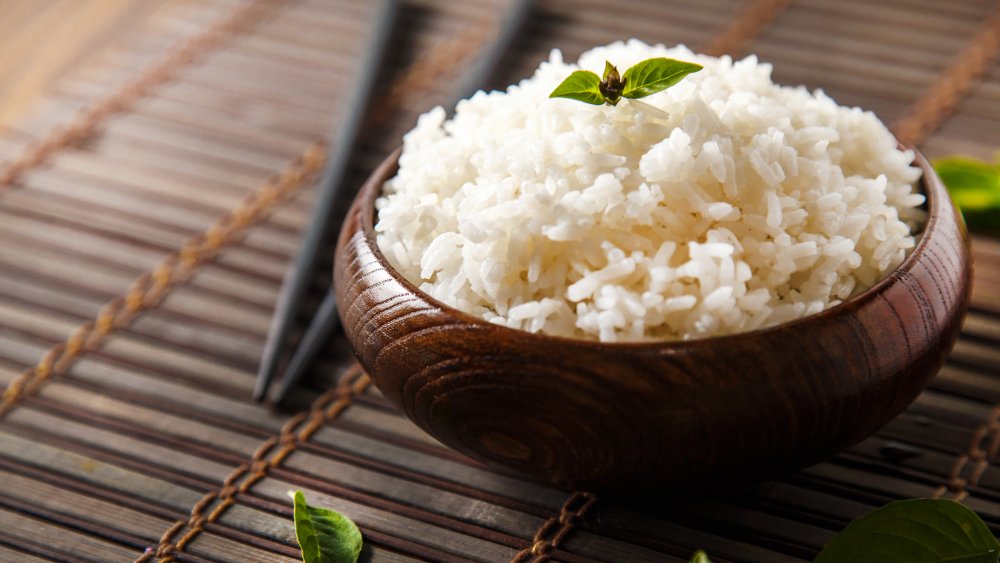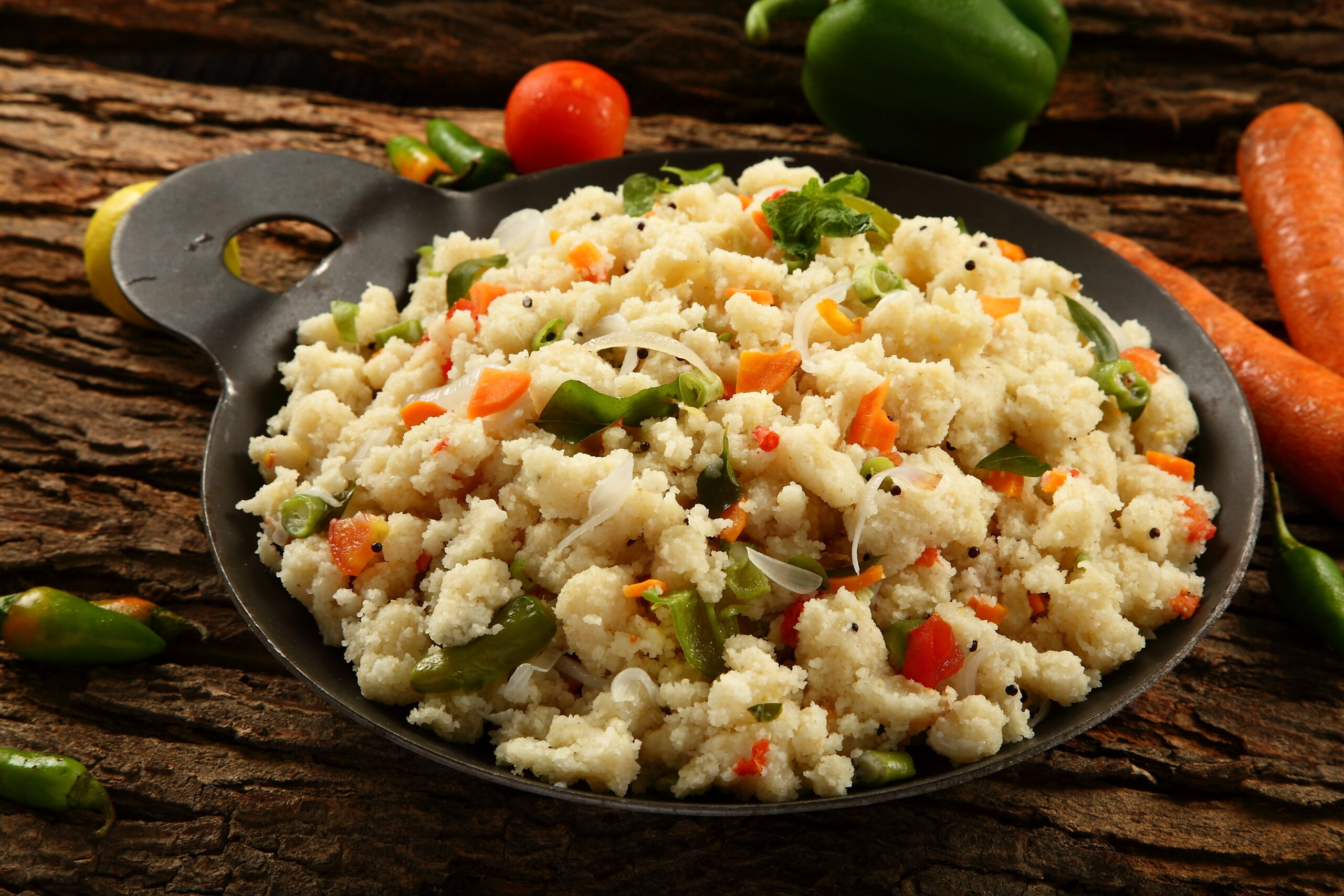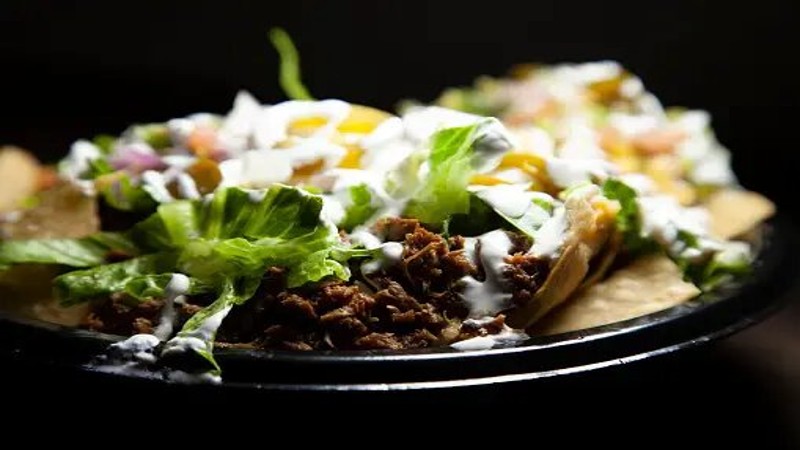Tracing Culinary Roots: American-Origin Foods Explored

The captivating story of American cuisine unfolds through a diverse tapestry of flavors and culinary traditions that have evolved over centuries. Within this rich mosaic, several iconic dishes and ingredients stand out as having originated in America. In this exploration of American-origin foods, we delve into the delectable and varied contributions that have become staples in households and eateries across the nation.
Corn: Indigenous American Crop
Corn, also known as maize, stands as a staple crop deeply rooted in Native American agriculture. Long before European settlers arrived, indigenous peoples cultivated various corn varieties, including flint, dent, and flour corn. Corn took various forms in their diets, from cornbread to hominy and masa—a crucial dough in creating tortillas and tamales. Today, corn remains a versatile ingredient, featuring in diverse dishes such as summer barbecues with corn on the cob and corn-based snacks like tortilla chips.
Tomatoes: Aztec Gift to Cuisine
Tomatoes, now a kitchen essential worldwide, trace their origins back to the Aztecs in Mesoamerica. Indigenous to the region, tomatoes made their way to Europe through Spanish explorers before returning to the Americas. American cooks embraced tomatoes, incorporating them into numerous iconic dishes like pizza, pasta sauces, and the classic BLT sandwich. Tomatoes have become a cornerstone of American culinary culture, lending vibrant color and robust flavor to a myriad of recipes.
Turkey: Thanksgiving Tradition
No exploration of American-origin foods is complete without acknowledging the turkey, an emblematic centerpiece of the quintessentially American Thanksgiving feast. Indigenous to North America, wild turkeys were domesticated by Native American tribes long before European settlers arrived. Today, roast turkey takes pride of place on Thanksgiving tables across the nation, symbolizing a tradition rooted in the early days of American history.
Potatoes: Andean Roots to American Plates
Potatoes, a versatile and beloved staple, find their origins in the Andes Mountains of South America. Indigenous to regions like present-day Peru and Bolivia, potatoes were introduced to Europe by Spanish conquistadors and eventually made their way to North America. The adaptability of potatoes to different climates and soils made them a vital food source in the American colonies. From mashed potatoes to French fries and loaded baked potatoes, this unassuming tuber has become a dietary cornerstone for Americans.
Chocolate: Mesoamerican Elixir
The journey of chocolate from Mesoamerica to America is a delightful tale of cultural exchange. The ancient civilizations of the Aztecs and Maya cultivated cacao beans, using them to create a frothy, bitter beverage enjoyed by royalty. European colonizers brought this beverage back to Europe, where sugar and milk were added to sweeten and smooth the flavor. Over time, chocolate became a global sensation, with American innovation contributing to its transformation into the sweet treats we enjoy today, such as chocolate bars, truffles, and chocolate chip cookies.
Peanuts: Southern Agricultural Triumph
Peanuts, native to South America, have deep roots in Southern American agriculture. African slaves brought to the Southern United States in the 17th and 18th centuries cultivated and popularized peanuts as a staple crop. Renowned American agricultural scientist George Washington Carver extensively researched and promoted peanuts as a nutritious and versatile crop. Today, peanuts are a key ingredient in Southern cuisine, giving rise to classics like peanut butter and iconic snacks like boiled peanuts.
Hot Dogs: Classic American Fare
The hot dog, a quintessential American comfort food, has a history entwined with immigration and cultural diversity. German immigrants are credited with bringing sausages to the United States, and the hot dog, as we know it today, emerged in the early 20th century. Coney Island in New York holds a special place in hot dog lore, with Nathan’s Famous Hot Dogs gaining fame for their annual Fourth of July hot dog eating contest. The hot dog has become a symbol of American summertime festivities and is enjoyed at ballparks, backyard barbecues, and street vendors nationwide.
Barbecue: Regional Culinary Heritage
Barbecue, a culinary tradition deeply rooted in American history, boasts distinct regional variations that showcase the nation’s diverse tastes. Whether it’s the smoky brisket of Texas, the vinegar-based pulled pork of the Carolinas, or the sweet and tangy sauces of Kansas City, barbecue reflects the cultural and geographical diversity of the United States. The art of slow-cooking meat over an open flame has become a cherished American culinary tradition, celebrated at backyard gatherings and competitive barbecue events alike.
Conclusion
Foods that originated in America offer a fascinating glimpse into the nation’s culinary heritage. From indigenous crops cultivated by Native American tribes to the influences of European explorers and African traditions, American cuisine is a vibrant mosaic of flavors. Corn, tomatoes, turkey, potatoes, chocolate, peanuts, hot dogs, and barbecue are just a few examples of the foods that have become integral to the American culinary experience. As we relish these delicious creations, we celebrate the diverse cultural influences and historical roots that have shaped the unique and ever-evolving landscape of American food.



































